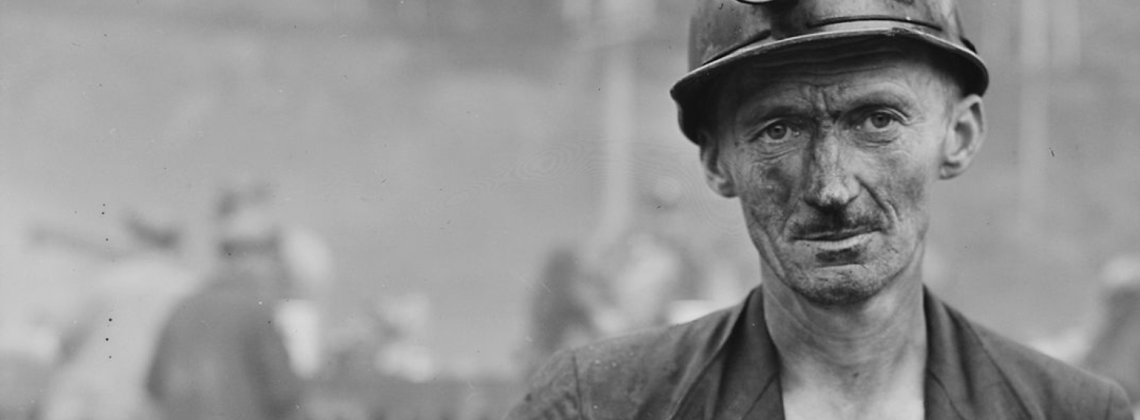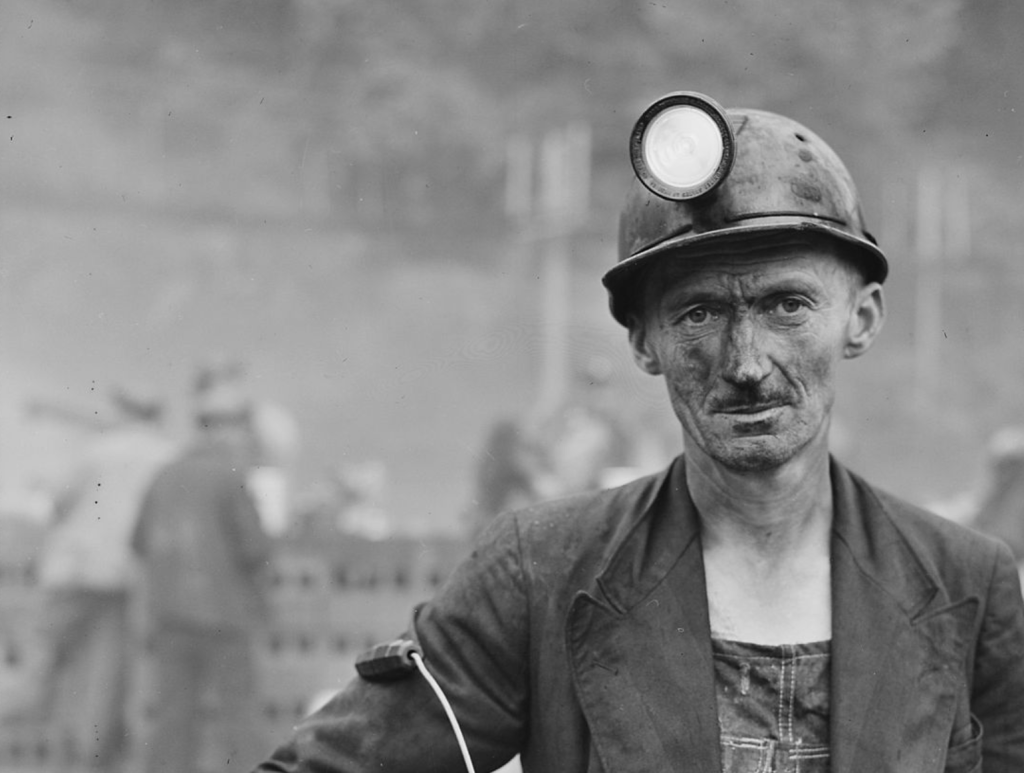

What the political history of a rural Georgia county can tell us about Trump’s rise to power
When a graduate student asked me to recommend some books on the history of modern American conservatism, I rattled off the titles of a few award-winning monographs on the Reagan revolution, only to realize that none could explain Trump’s rise to power.
For the past twenty-five years historians of American conservatism have explained modern American conservatism largely as a suburban phenomenon. To understand why Americans elected Richard Nixon, Ronald Reagan, and eventually George W. Bush, we must study places like Orange County, California, they said, where conservatives began mobilizing in the 1960s in support of the Cold War and in opposition to the counterculture.
This is true if it’s the Reagan revolution we’re trying to explain. But if we want to discover the origins of Trump’s coalition, we have a problem, because almost none of the counties historians have focused on in their histories of postwar American conservatism—Orange County, California, or Cobb County, Georgia—voted for Trump. They were Republican in the Reagan era but now they’re voting Democratic.
Conversely, many of the rural southern and Rust Belt counties that Trump carried in 2016 and 2020 voted not for Reagan in 1980 but Jimmy Carter.
If we want to tell a story of American conservatism that has Trump rather than Reagan as its apogee, we can’t pretend that Trump is simply the next episode in the same story—as though the voters in Orange County or Cobb County who cast their ballots for Reagan and George W. Bush decided to embrace Trump.
We need a new history of a Trump-voting rural county to give us insights into a political coalition that followed a very different trajectory than the Reagan-voting suburbanites.
What would this history look like?
It might look like a history of Polk County, Georgia, a low-income rural county that is overwhelmingly white and where only 14% of the adult population holds a four-year college degree.
Today Polk County is part of Representative Marjorie Taylor Greene’s congressional district. 78% of the county’s voters cast their ballots for Trump in 2020.
But like many southern rural counties that are strong supporters of Trump today, Polk County voters did not begin voting reliably Republican until the twenty-first century. They missed the Reagan revolution.
During the FDR era, Polk County was a region of impoverished farmers and textile mill workers that welcomed the New Deal. In 1936, Roosevelt received the support of 87% of Polk County voters. They gave almost as strong support to Harry Truman in 1948, even with Dixiecrat Strom Thurmond on the ballot. Truman received 79% of the Polk County vote that year, compared to only 7% for Thurmond. In 1964, Polk County did not follow the rest of the state in voting for Barry Goldwater; 58% of voters in the county cast their ballots for Lyndon Johnson, even though he had signed the Civil Rights Act of 1964 into law only months before.
But in 1968 they voted overwhelmingly for George Wallace, the Alabama governor who stood in a schoolhouse door to protest school integration and who railed against the “pointy-headed liberals in Washington who couldn’t park a bicycle straight.”
With the cultural liberal George McGovern heading the Democratic ticket in 1972, Polk County voters supported Nixon, but they then returned to the Democratic fold to vote for Jimmy Carter in both 1976 and 1980.
So far, this voting history looks completely different from the history of Orange County or Cobb County. Somehow Polk County missed the Goldwater moment and the Reagan revolution, and it was a latecomer to Richard Nixon’s campaign.
Nor does the story seem a perfect match for the story that’s often told about southern white discontent with the Democratic Party on race. Its lack of support for Strom Thurmond in 1948 and its strong support for Carter over Reagan in 1980 suggest that it wasn’t necessarily looking for a reason to bolt from the Democratic Party. Furthermore, the county voted for Bill Clinton twice, in both 1992 and 1996. Clearly, it didn’t leave the Democratic Party over the Civil Rights Act of 1964, or even over affirmative action.
But if Polk County was strongly Democratic, it wasn’t liberal in the conventional sense. It enthusiastically supported George Wallace, after all.
To understand this phenomenon, perhaps we need to think more about class than race, and we need to think more about popular image than policy. Polk County has always been strongly working class, and working-class white southerners have long favored the candidate they thought could “feel their pain” and fight for their interests. Harry Truman successfully conveyed the image of a rural-born fighter squaring off against the monied interests to protect the common man—and he won Polk County. Lyndon Johnson, Jimmy Carter, and Bill Clinton each successfully used their southern drawls and humble origins to convince voters that they cared about the working class.
But then the Democrats nominated Al Gore, while the Republicans nominated George W. Bush. Despite being the son of a former president and the grandson of a senator, Bush (like Clinton) used a southern accent and a bad-boy image to market himself as more authentically anti-establishment than his opponent. Polk County voted for Bush in 2000 and they supported him by even larger margins in 2004 when he ran against John Kerry. At that time, college-educated voters began moving into the Democratic Party in greater numbers, while whites without a college degree began voting Republican. Polk County voters sided firmly with the working-class side of that educational divide.
Since 2000 the Republican share of the Polk County vote has increased in every presidential election cycle. There’s every reason to believe that this year Trump will win a larger percentage of the vote in Polk County than any previous Republican presidential candidate has.
And if he does, it will be because Polk County voters are voting against the establishment.
Polk County today is struggling economically. Most of the old factories have closed, and the retail jobs that have replaced them do not pay very well. The county’s leading city, Cedartown, where many of those factories once stood, currently has a poverty rate of 34% and a median household income of only $31,000 a year. For a rural family living on an annual income of only $30,000, a dollar-a-gallon increase in the price of gasoline hurts—and that’s one of the many things they haven’t forgotten from Joe Biden’s presidency.
But Polk County’s revolt against the establishment is less about a specific policy proposal and more about an anger against the “elites” that they have been opposing for decades. When they thought candidates shared their values (and especially their anti-establishment populism) they voted for them—and when they did not, they withheld their vote. That’s why they soundly repudiated Michael Dukakis in 1988, while voting for Clinton in 1992—even though Dukakis and Clinton were not very far apart on policy.
This rural populist anti-establishment ethos is not the way historians have traditionally told the story of the rise of the right. But I’m convinced that it’s the best way to understand the voters who make up Trump’s base.
By positioning himself as an opponent of the legal, political, and educational establishment, Trump has won the vote of this once Democratic, anti-establishment coalition. The result has been a type of conservatism that might have been barely recognizable to the suburban Republicans who voted Reagan into office forty-four years ago.
Daniel K. Williams is a historian working at Ashland University and the author of The Politics of the Cross: A Christian Alternative to Partisanship.
This is helpful, lucid, and convincing analysis. As an American who ended up living in Britain for a decade, I am always struck by how class dynamics are ignored in American politics, discourse, and thinking.
Great article. I would love to see a book that tracks the emergence of Trump voters across class, religious, and racial / ethnic lines.
This is a thoughtful article. I particularly appreciate how it shows that the transition of places such as Polk County, Georgia from a Democratic stronghold to a Republican stronghold was not a straight path and cannot be explained entirely (or perhaps much at all) as a reaction to the civil rights movement. To expand on it a bit further, however, the demographics of northwest Georgia and Polk County specifically have changed considerable since the 1990s. Today, 14% of Polk County’s population is Hispanic. Cedartown itself is 31% Hispanic. Moreover, second and third generation Hispanics (some of whom don’t speak Spanish!) are attending college in growing numbers. The nearest University System of Georgia school to Cedartown, namely Georgia Highlands College, is on the cusp of becoming a Hispanic-serving institution, meaning that 25% or more of its student body is Hispanic. Other cities in northwest Georgia and Marjorie Taylor Greene’s district such as Rome, Calhoun, Chatsworth, and especially Dalton, have large Hispanic populations too. The carpet mills around Dalton have attracted many immigrants. Dalton State College has been a Hispanic-serving institution for several years. I don’t know exactly how the growing Hispanic population in northwest Georgia and other parts of the nation would fit into a new narrative of rural working-class conservatism. But surely it is part of the picture somehow.